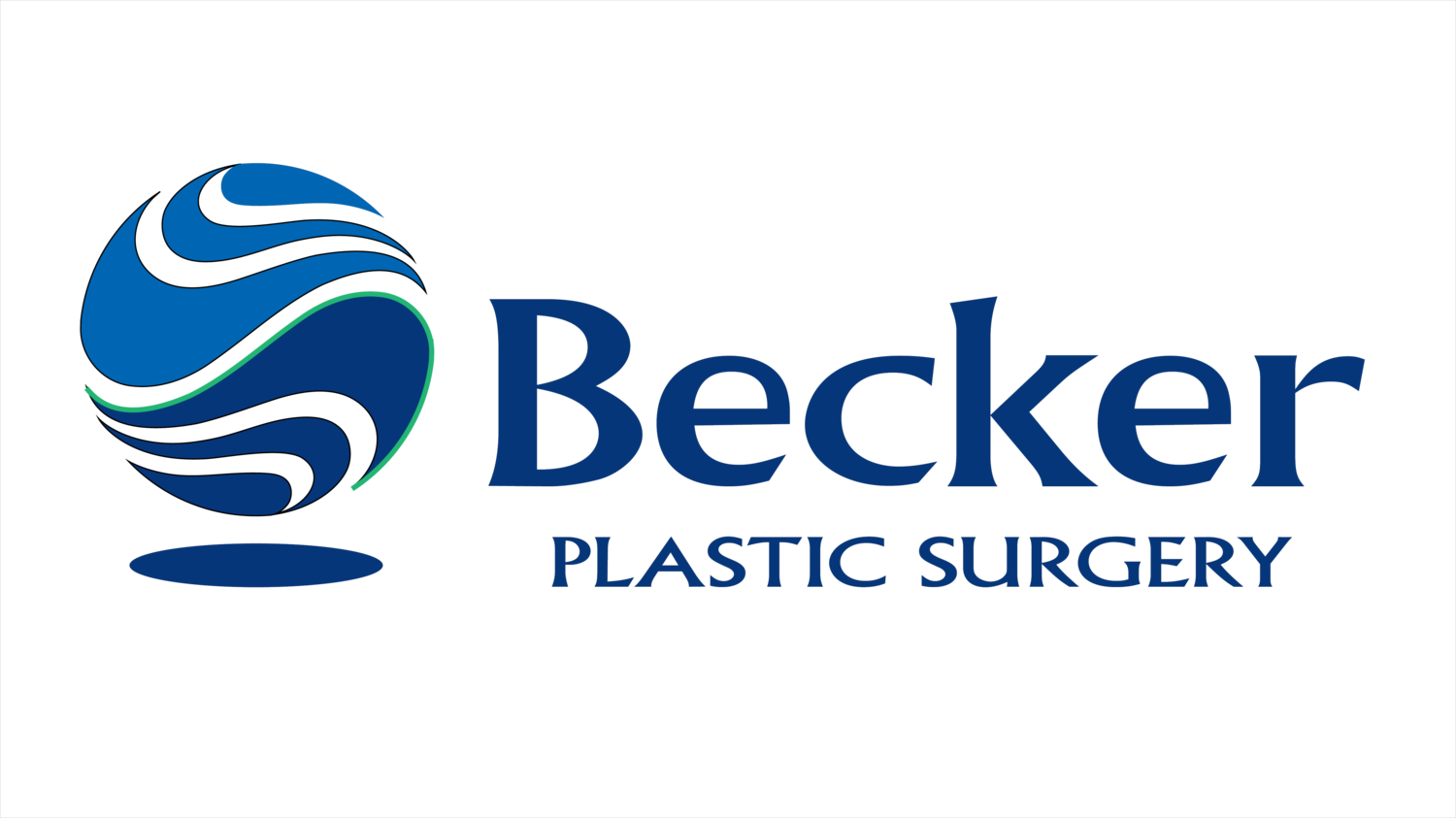Forehead or Brow Lift Information
Qualifications
In general, good candidates for forehead or brow-lift surgery are:
Healthy and do not have medical conditions that impair healing
Nonsmokers
Individuals with a positive outlook and realistic expectations
Preparation
In preparing for a forehead or brow lift, you may be asked to:
Get lab testing or a medical evaluation
Take certain medications or adjust your current medications
Stop smoking
Avoid taking aspirin, anti-inflammatory drugs, and herbal supplements as they can increase bleeding and bruising
Recovery
Initial wound healing may take 10 to 14 days. Sutures will be removed when it is appropriate. You should be ready to return to work and normal activity after 10 to 14 days.
Cosmetics can help camouflage any bruising. Even though you will look presentable to the public, you will find that the healing will continue for several weeks as the swelling dissipates, and incision lines refine and fade. It may take several months for your complete recovery.
Following your physician's instructions is essential to the success of your surgery. It's important that the surgical incisions are not subjected to excessive force, swelling, abrasion, or motion during the time of healing.
Although infrequent, the risks and complications of forehead and brow-lift surgery include:
Partial recurrence of dropping brow
Hair loss
Loss of scalp sensation, usually temporary
Asymmetry (unevenness between two sides)
